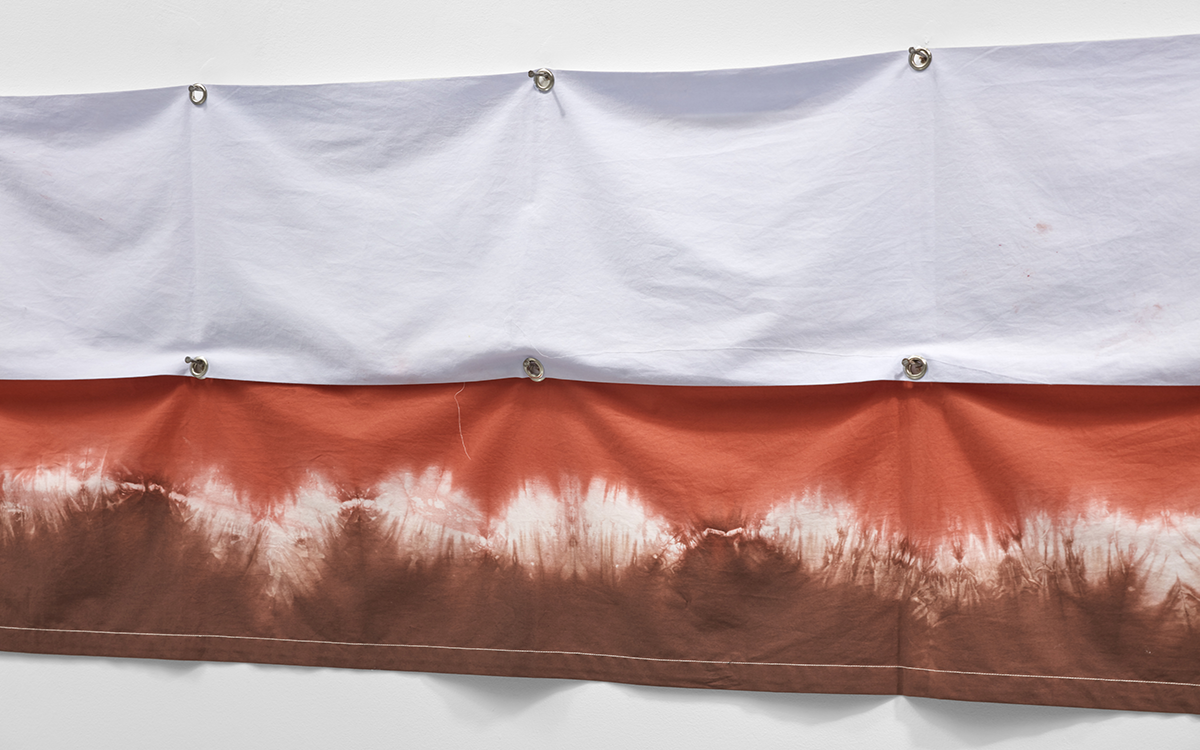a two-part exhibition, in Proyecto AMIL and Museo de Arte de Lima - MALI
Known for his subtle and intimate works, American artist Richard Tuttle (b. 1941) has been a highly influential figure in the international contemporary art scene for over 40 years. Through his use of mundane materials, Tuttle creates sophisticated and poetic constructions that elude historical and stylistic categorization. Sharing the title al Cielo de Noche de Lima / to The Night Sky of Lima, and organized in close collaboration with the artist, the two exhibitions will collectively present a survey of works beginning in 1970, including a new commission inspired by his recent experience in Peru.
Since his first solo show at Betty Parsons Gallery, New York, in 1965, Richard Tuttle’s work has been characterized by forcing into question artistic conventions and established art categories. Although known mainly as a sculptor, his vast body of abstract work comprises varied media such as drawing, painting, collage and design. His first works were associated with the post-minimalist currents that prevailed in the North American art scene in the 1970s, but the artist’s overall practice has followed a distinct path of its own.
One of the most distinctive features in Tuttle’s work is the making of unique objects with an ample range of common materials –from cardboard, wire, paper and cloth; to Styrofoam or plastic— that often lie in the periphery of artistic practice. His constructions, often peculiar, dwell in an undetermined space between painting and sculpture, in the transition between two and three dimensions. This positioning remains undetected by the senses and confronts the well-extended traditional idea of sculpture being monumental.
Recognized as one of the first artists to break from the conventions of the frame (by adhering the unstretched canvas directly to the wall), Tuttle pays special attention to marginal spaces. His works can be displayed hanging from the wall or placed directly on the floor, in a play with the spacial order of the exhibition, promoting an encounter between art and its surroundings.
Another characteristic feature of his works is their engagement in the subtle plays of language, tempting its limits by resisting all symbolic reference. For example, one of his best-known series assumes the form of figures in galvanized metal that recall a sort of secret alphabet. Other examples can be found in Ten kinds of memory and memory itself, an emblematic installation from 1975 in which an ensemble of ropes delicately arranged over the floor of the gallery function not only as a drawing in the space but as a reminder of a certain kind of writing, a product of an invisible choreography.
*
al Cielo de Noche de Lima / to The Night Sky of Lima is the first presentation of Richard Tuttle’s work in Lima. The evocative title of the exhibition has been conceived by the artist as a form of dedication; a poetic evocation that acts as an oblique reference to the context of presentation yet does not directly relate to the exhibited work. The selection of pieces is accompanied by a set of graphic elements conceived by Tuttle, that provide the viewer with interpretative keys as they wander the spaces and navigate the varied contents of both venues: two opposed and complementary graphic identities that demarcate the poles of the exhibition.
At Proyecto AMIL one encounters a selection of representative works that introduces local audiences to the evolution of Tuttle’s complex oeuvre throughout the years. The exhibition includes some of his earlier pieces such as the famous 1st Paper Octagonal (1970) –an irregular paper octagon fixed directly to the wall—; some of his more geometric constructions in corrugated cardboard and glue from the Boys Let’s Be Bad Boys (1998) series; assemblages adhered directly to the wall in the Section, Extension J (2007) series; to some of the recent Walking on air (2009) pieces –colourful horizons in dyed cotton and thread fibers—that attest to his long fascination with the textile tradition. At this venue, instead of arranging the works chronologically, Tuttle has opted to display them following formal associations and responding to the architectonic conditions of the gallery.
Meanwhile, the Museo de Arte de Lima-MALI, features a new body of work made by the artist in his New Mexico studio between 2015 and 2016. These new works comprise three different series —featuring assemblages in Styrofoam and aluminum foil that have been intervened with painting, as well as fragile paper constructions— placed both at MALI’s foyer and inside gallery 4, one of the museum’s most intimate spaces. As in all of Tuttle’s exhibitions, the treatment of the object remains in intimate relation with the surrounding space.
A panoramic look into Richard Tuttle’s artistic production reveals a great consequence in a working process deeply committed to object and matter. Far away from any representational impulse, the artist chooses material in order for it to question itself, and to question the nature of the image.
Throughout his career Tuttle has sought to achieve an experience that dislocates the abstract object from the innocuous space placed onto it by history. The totality of his work challenges material conventions, while at the same time putting into question the importance of many traditional aesthetic values, particularly the notion of taste and by extension, the idea of “quality” in abstraction.
Proyecto AMIL
25 October - 21 January 2017
Opening
Monday, 24 October
7 pm
Proyecto AMIL
Centro Comercial Camino Real
Lima
Opening
Tuesday, 25 October
8 pm
Conversation with the artist
Tuesday, 25 October
7 pm
Paseo Colón 125
Parque de la Exposición
Lima
Parking and access via Avenida 28 de Julio
(at the end of Petit Thouars)
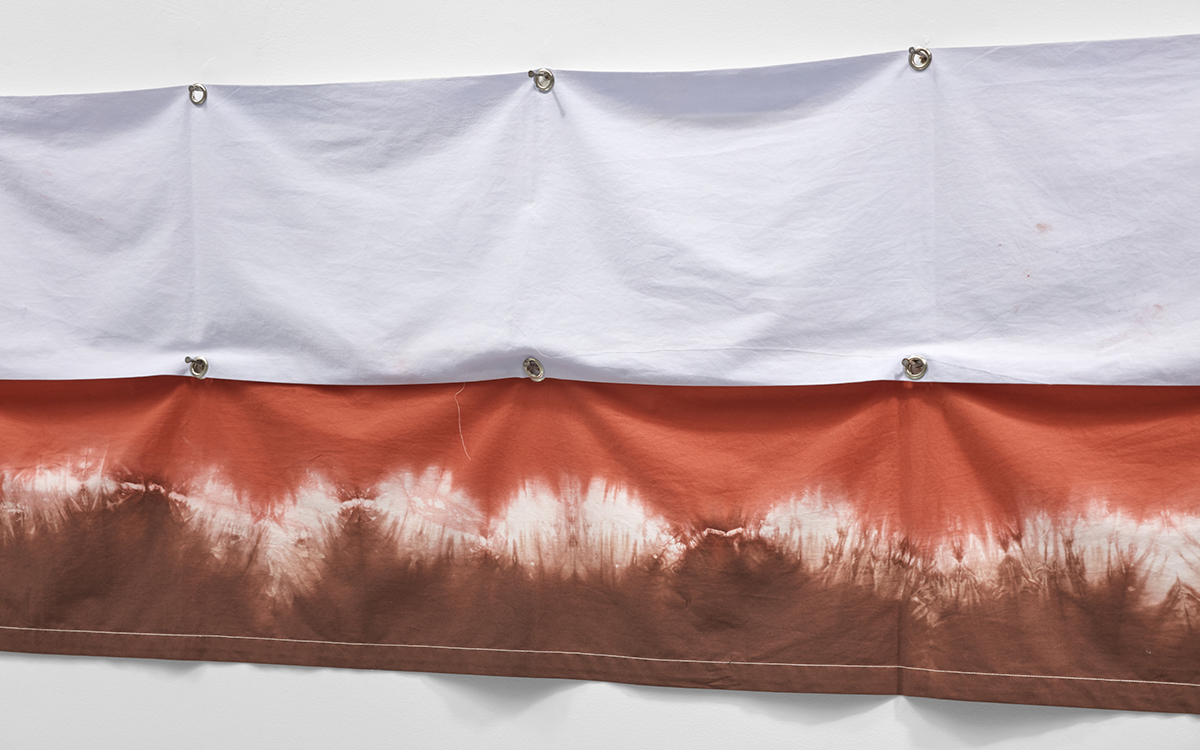
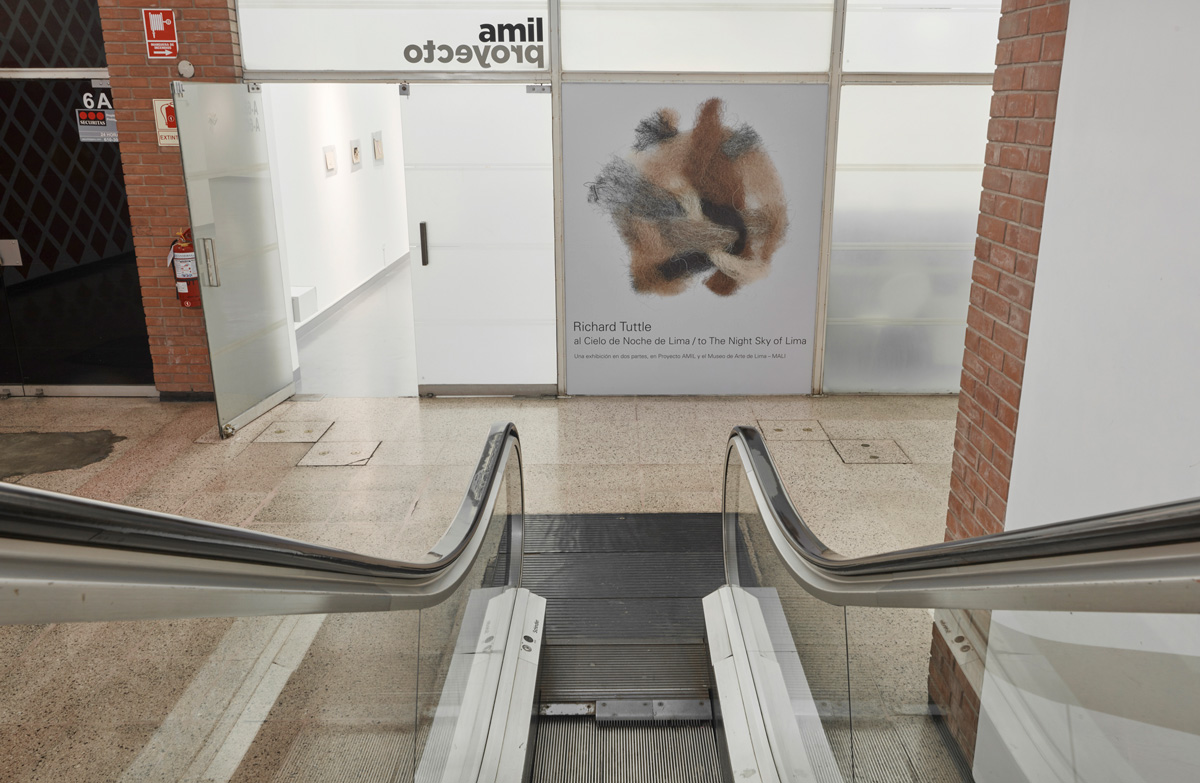
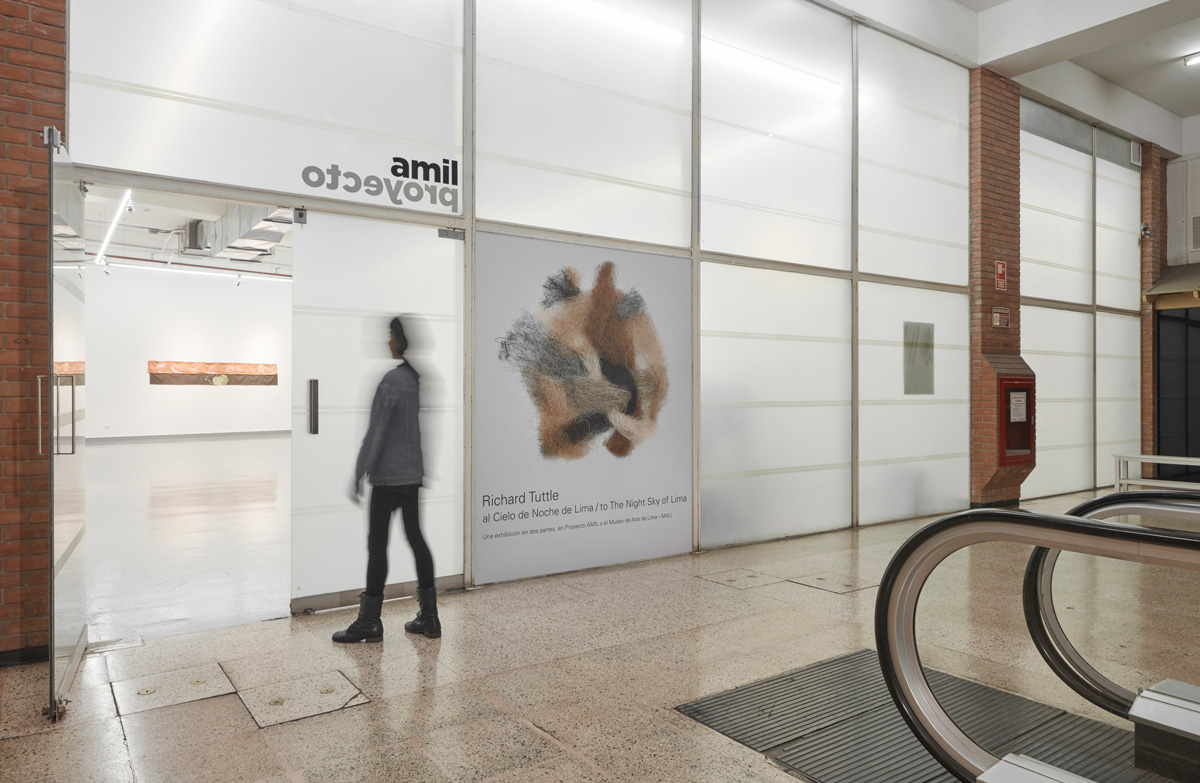
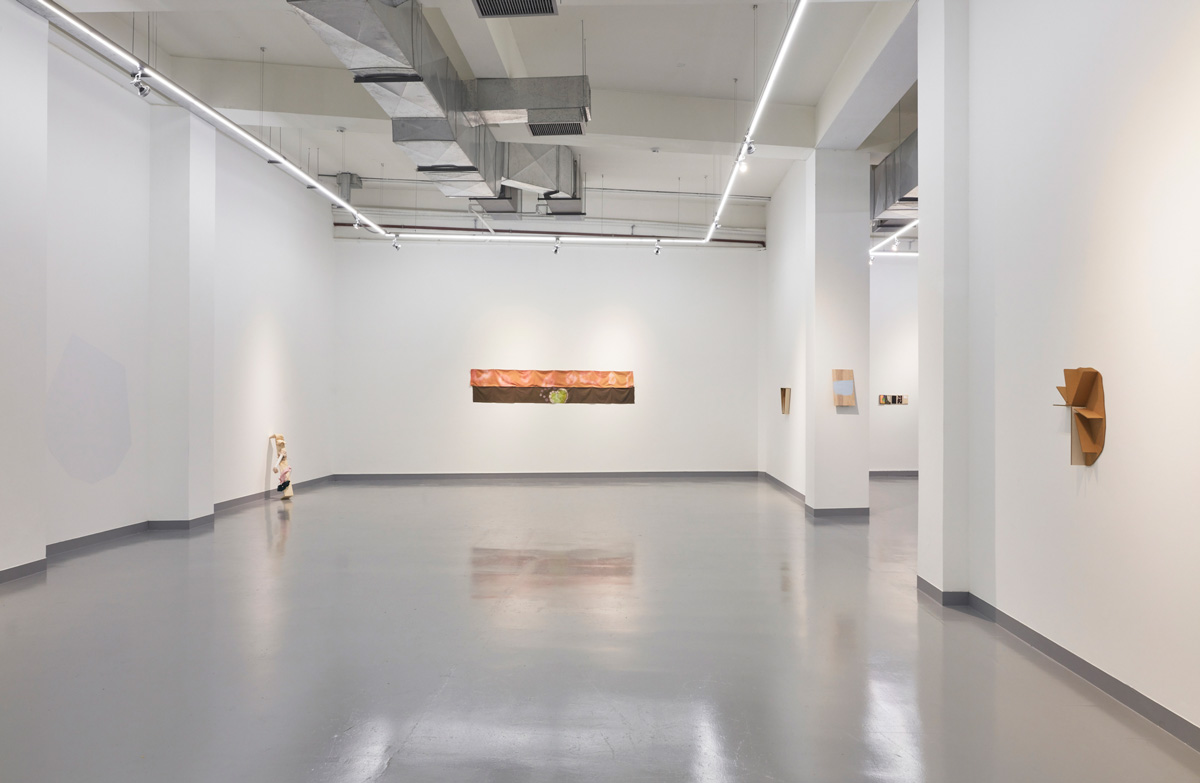
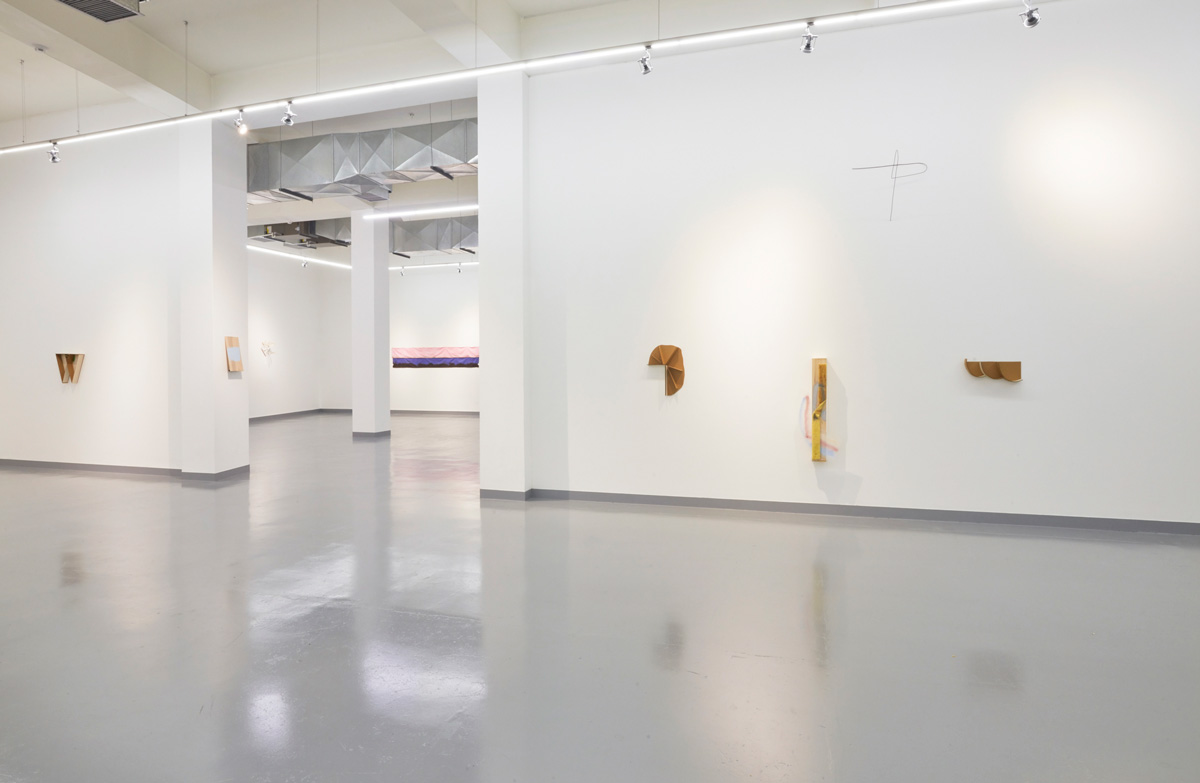
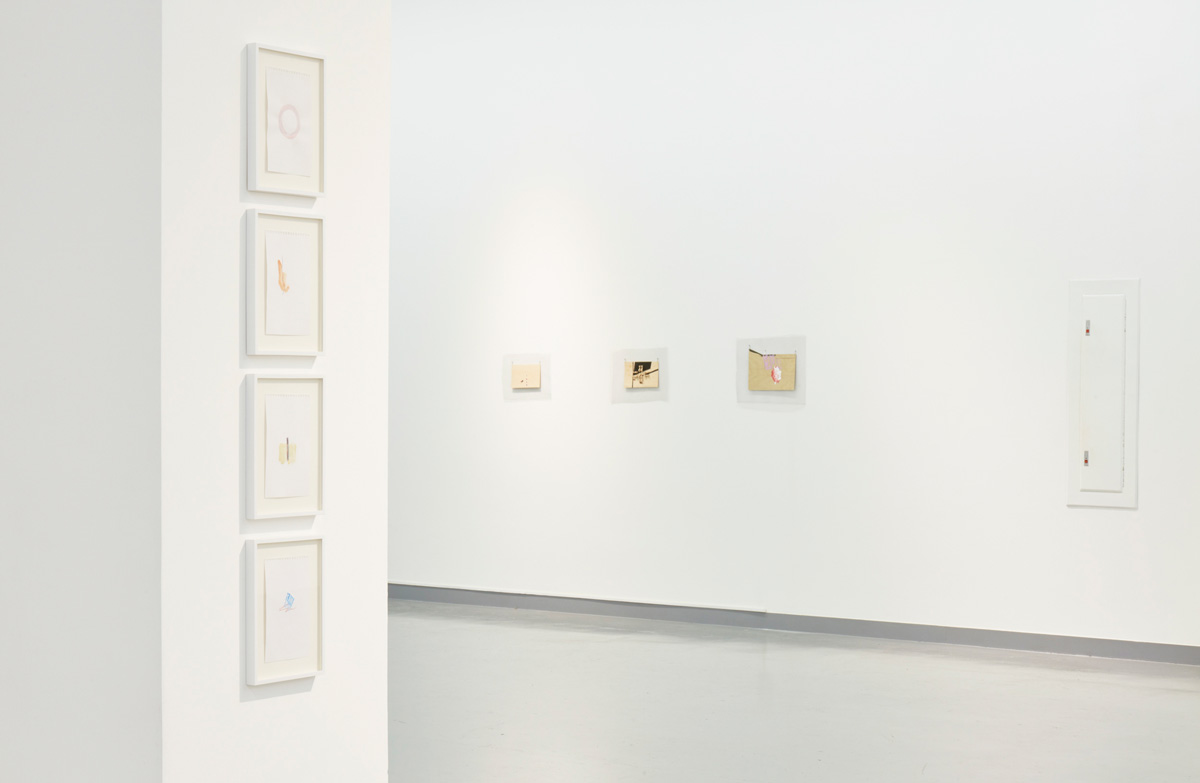
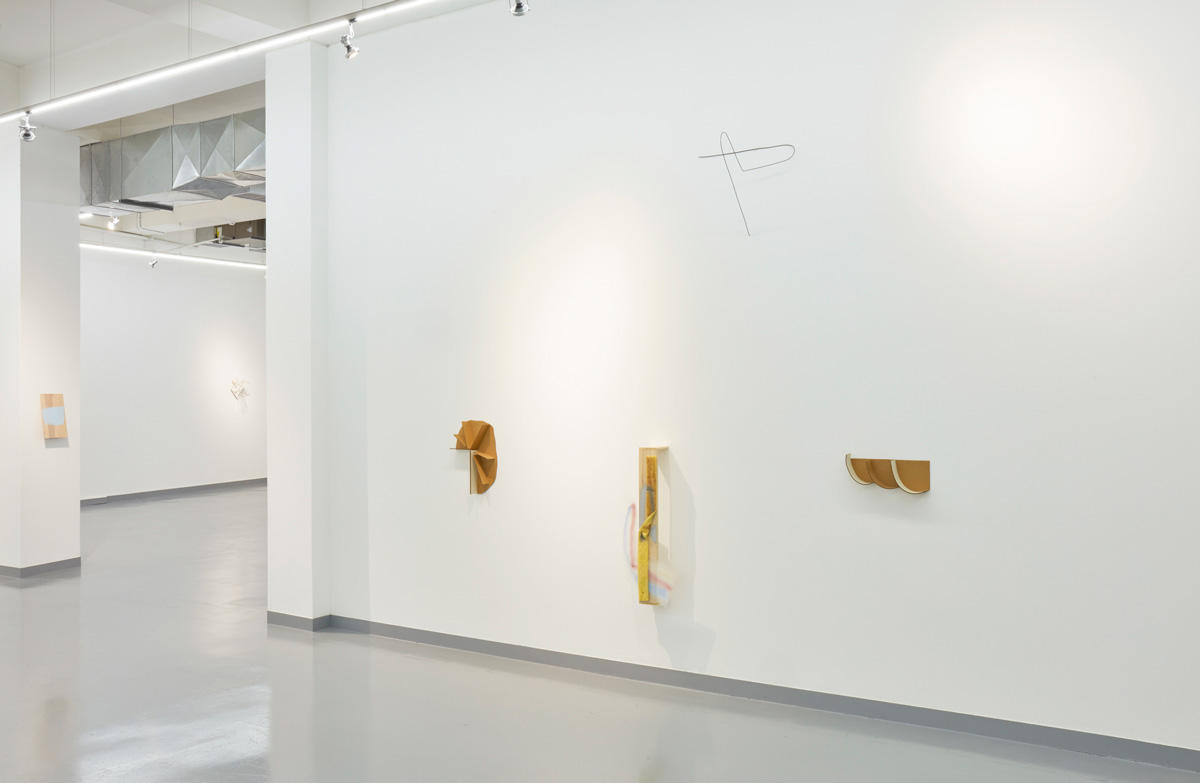
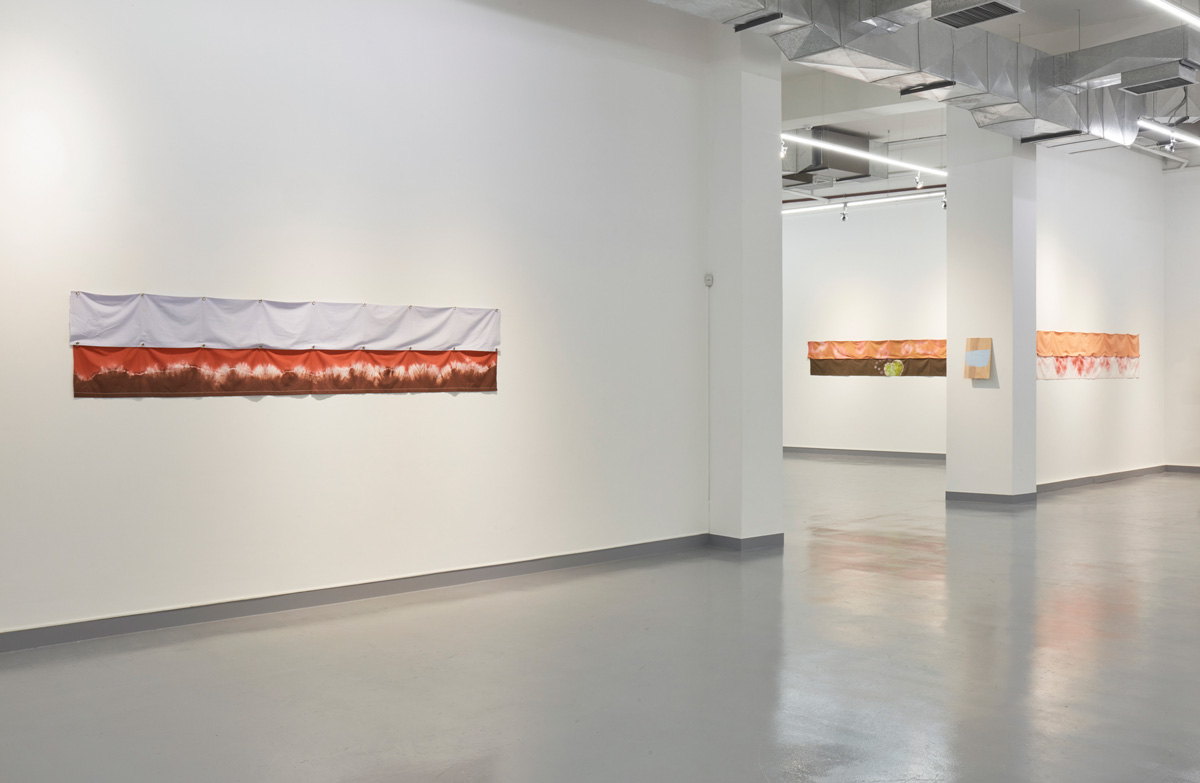
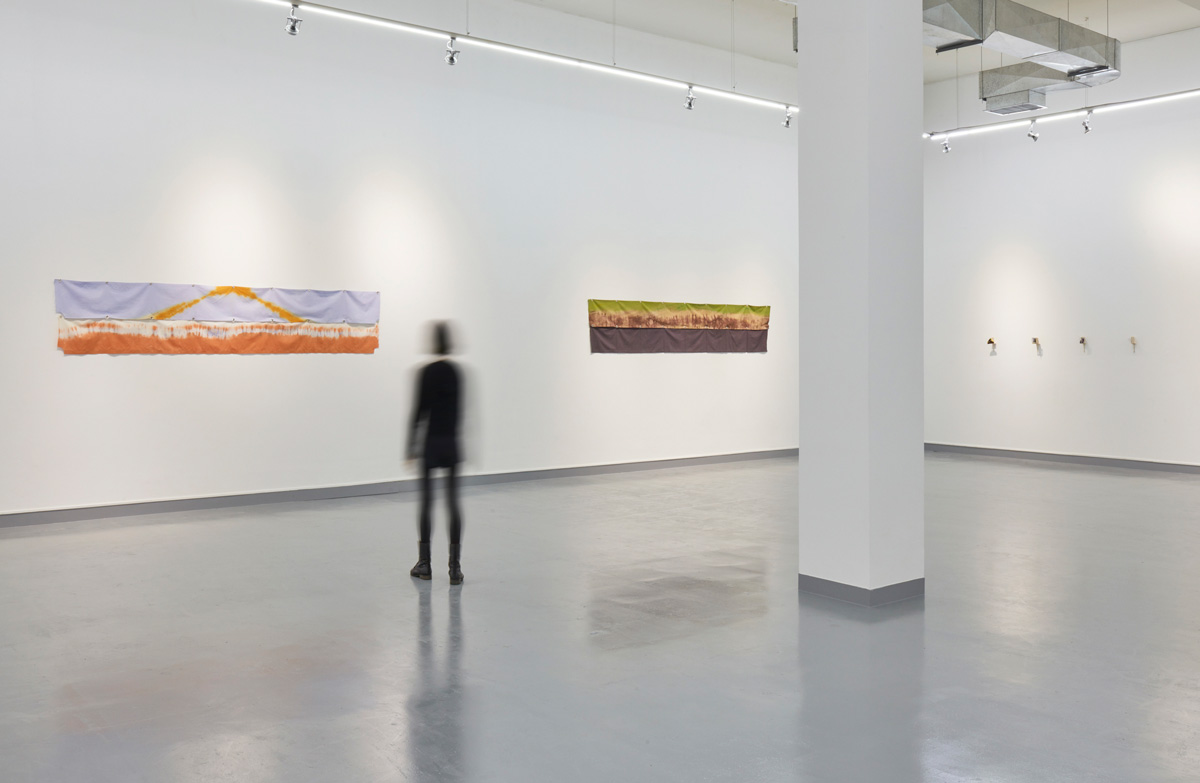
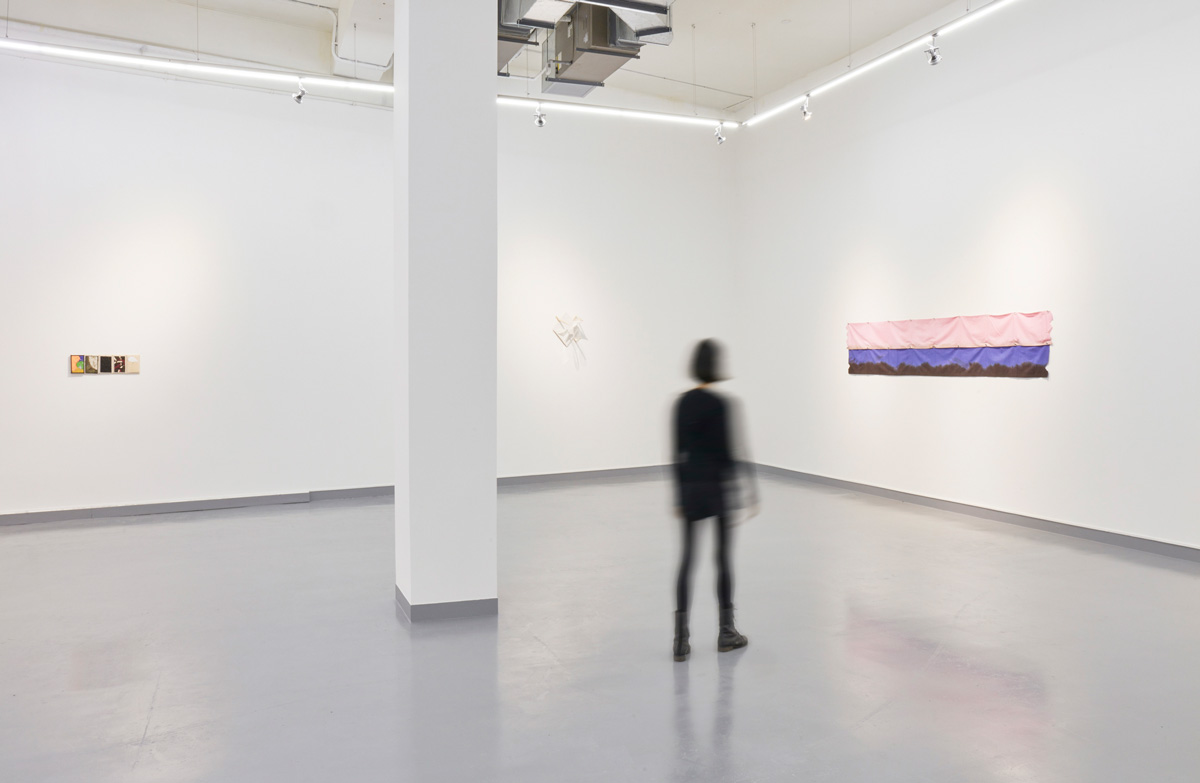
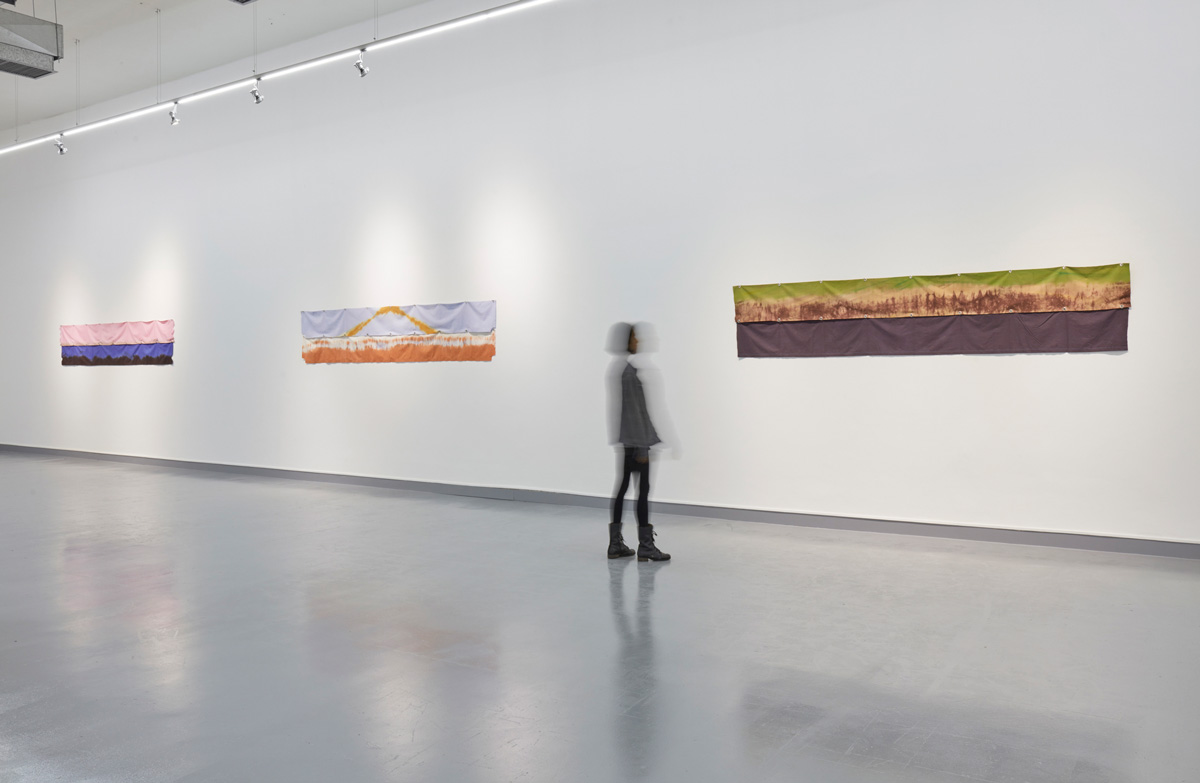

Richard Tuttle
al Cielo de Noche de Lima / to The Night Sky of Lima
Richard Tuttle
al Cielo de Noche de Lima / to The Night Sky of Lima
Una exhibición en dos partes, en Proyecto AMIL y el Museo de Arte de Lima - MALI
Conocido por sus sutiles e íntimas obras, el artista nortea-mericano Richard Tuttle (n. 1941) ha sido una figura altamente influyente en la escena artística internacional por más de cuatro décadas. A través del uso de materiales cotidianos, Tuttle crea sofisticadas estructuras con una alta carga poética que eluden cualquier intento de categorización histórica o estilística. Bajo el título compartido de al Cielo de Noche de Lima / to The Night Sky of Lima, y organizada en estrecha colaboración con el artista, esta exhibición en dos partes incluye una mirada a su producción desde la década de 1970, así como nuevas obras inspiradas en su reciente visita al Perú.
Desde su primera exhibición individual en la galería neoyorquina Betty Parsons, en el año1965, la obra de Richard Tuttle se ha caracterizado por cuestionar las convenciones y categorías artísticas. Aunque principalmente conocido como escultor, su vasto cuerpo de obra abstracta acoge medios tan variados como el dibujo, la pintura, el collage y el diseño. Sus primeros trabajos se inscriben en la estela del posminimalismo que primó en la escena norteamericana en la década de 1970, sin embargo se puede decir que el conjunto de la obra del artista ha seguido un derrotero único.
Uno de los rasgos más distintivos de la obra de Tuttle es la confección de objetos únicos con un amplio espectro de materiales mundanos –desde cartón, alambre, papel y tela; hasta tecnopor, espuma o plástico— que se encuentran en la periferia de la práctica artística. Sus peculiares construcciones se ubican en un espacio liminal entre la pintura y la escultura, en la transición entre dos y tres dimensiones. Este movimiento difícilmente se registra con los sentidos y confronta la idea tradicional que asocia la escultura a lo monumental.
Reconocido por ser uno de los primeros artistas en romper las convenciones del marco (al adherir el lienzo sin tensar directamente a la pared), Tuttle ha prestado una atención especial a los espacios marginales. Sus obras pueden ser colgadas en la pared o dispuestas sobre el piso, en un juego con el ordenamiento espacial de la exhibición, promoviendo un encuentro entre el arte y su entorno.
Otro de los rasgos característicos de sus obras es que juegan sutilmente con las convenciones del lenguaje, tentando sus límites al resistir toda referencia simbólica. Por ejemplo, una de sus series más conocidas consiste en una colección de figuras en metal galvanizado que recuerdan un alfabeto secreto. Otro ejemplo se encuentra en Ten kinds of memory and memory itself, obra emblemática de 1975, en la que un conjunto de sogas dispuestas en el suelo de la galería funcionan no sólo como dibujo en el espacio sino que evocan cierto tipo de escritura, el producto de una coreografía invisible.
*
al Cielo de Noche de Lima / to The Night Sky of Lima es la primera presentación de la obra de Richard Tuttle en nuestro medio. El evocativo título de la exhibición ha sido concebido por el artista como una dedicatoria, una evocación poética que refiere de modo oblicuo al contexto de presentación del conjunto, pero que no busca tener un corre- lato directo en la obra exhibida. La selección de obra está acompañada por un conjunto de elementos gráficos, diseñados por Tuttle, que brindan al visitante claves interpretativas para recorrer los espacios y navegar los múltiples contenidos de ambas salas: dos identidades gráficas opuestas y complementarias que demarcan los polos de la exhibición.
En Proyecto AMIL uno encuentra una selección de obras representativas que introducirá al público peruano a la evolución en la compleja obra del artista a lo largo de los años. La exhibición incluye algunas de sus piezas más tempranas como la conocida First Paper Octagonal (1970) –un octógono irregular hecho de papel blanco y fijado directamente a la pared–; algunas construcciones de orientación más geométrica como las estructuras en cartón corrugado y goma de la serie Boys Let’s Be Bad Boys (1998); ensamblajes adosados directamente a la pared como las obras de la serie Section, Extension J (2007); hasta algunas de las telas más recientes de su serie titulada Walking on air (2009) –coloridos horizontes de algodón e hilo teñido– que dan cuenta de su larga fascinación por el medio textil. En esta galería, en vez de ubicar las obras cronológicamente, el artista ha optado por disponerlas siguiendo criterios de asociación formal, respondiendo a las condiciones arquitectónicas del espacio.
Paralelamente, en el Museo de Arte de Lima - MALI, se presenta un nuevo conjunto de obras realizadas por el artista en su estudio de Nuevo México entre el 2015 y el 2016. Estas nuevas piezas comprenden tres nuevas series –que incluyen ensamblajes en tecnopor y papel aluminio intervenidas con pintura, así como frágiles construcciones en papel– ubicadas tanto en el vestíbulo de ingreso como en la sala 4, uno de los espacios más íntimos del museo. Como en todas las exhibiciones del artista, el tratamiento del objeto se encuentra en estricta relación con el espacio que le rodea.
Una mirada panorámica a la producción artística de Richard Tuttle revela la gran consecuencia en un proceso de trabajo profundamente comprometido con la materia y el objeto. Lejos de cualquier impulso representacional, el artista escoge el material para que éste se cuestione a sí mismo, y que cuestione la naturaleza de la imagen.
A lo largo de su carrera Tuttle ha buscado generar una experiencia que descoloque al objeto abstracto de ese lugar naturalizado por la historia que lo ha vuelto inocuo. El conjunto de su obra reta las convenciones de los materiales a la vez que pone en cuestión la validez y el sentido de muchos de los valores estéticos tradicionales, en particular al descartar la noción de gusto y por extensión la el criterio de “calidad” en la abstracción.
Proyecto AMIL
25 de octubre - 21 de enero 2017
Inauguracón
Lunes 24 de octubre
7 pm
Proyecto AMIL
Centro Comercial Camino Real
Lima
26 de octubre - 29 de enero 2017
Inauguración
Martes 25 de octubre
8 pm
Conversatorio con el artista
Martes 25 de octubre
7 pm
Museo de Arte de Lima - MALI
Paseo Colón 125
Parque de la Exposición
Lima
Estacionamiento y acceso por la
Avenida 28 de Julio s/n
(prolongación Petit Thouars)
